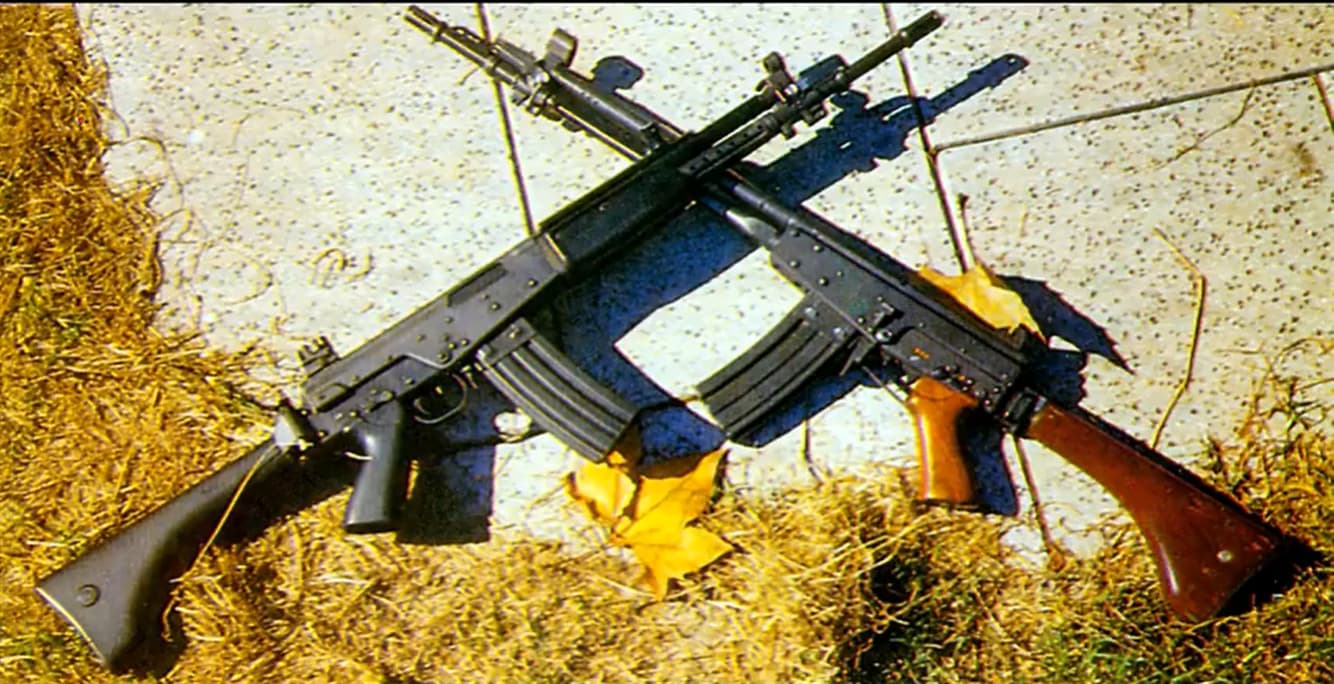- Yes
- No
The FARA 83 (Fusil Automático República Argentina Modelo 1983 or Argentine Assault Rifle Model 1983) was an Argentine assault rifle, designed by the Dirección General de Fabricaciones Militares (General Directorate of Military Manufacturing) (DGFM) with the intention of replacing the FN FAL as the standard infantry rifle in Argentina. The FARA 83 was chambered in 5.56×45mm NATO and was developed to be lighter, more maneuverable, and better suited to modern combat environments—especially following lessons learned in the 1982 Malvinas/Falklands War
By the late 1970s, the Argentine Armed Forces relied heavily on the FN FAL, a reliable battle rifle chambered in 7.62×51mm NATO. While the FAL was powerful and widely respected, it had clear disadvantages in the evolving nature of warfare like begin too heavy for modern infantry combat, strong recoil in full-auto fire mode, long and unwieldy for urban or close-quarter engagements and poor performance in jungle and mountainous terrains.
The 1982 Malvinas/Falklands War highlighted these shortcomings starkly. British forces used lighter rifles like the L85 and M16 variants, and their superior maneuverability gave them tactical advantages in certain combat scenarios.
In addition, Argentina was pursuing a long-term goal of military self-sufficiency, especially after facing arms embargoes and restrictions due to its human rights record and foreign policy. The government thus encouraged the development of a fully domestic rifle compatible with NATO standards, including the 5.56mm caliber.

The FARA 83 project actually had roots going back to the mid-1970s. Initial prototypes were known as FMAP 5.56, referencing the Fábrica Militar de Armas Portátiles Domingo Matheu (located in Rosario, Santa Fe), the main production site.
In 1981–1983, work accelerated due to increased demand for modernization. The final rifle, named FARA 83, was a hybrid design drawing inspiration from several contemporary rifles, like the Gas system and rotating bolt from the IMI Galil, Receiver design from the FN FAL, Magazine compatibility of the M16 STANAG magazines and Polymer furniture and ergonomics mixed from Western designs
Despite being officially adopted in 1983, only around 1,200 units of the FARA 83 were ever produced, mainly for trials and limited deployment. Several factors led to the project’s cancellation in the early 1990s with the Economic Crisis (Hyperinflation of 20.000% in March 1990 + Major Budget cuts, including in Defense), Political Transition to the Democracy, Industrial problems and more






